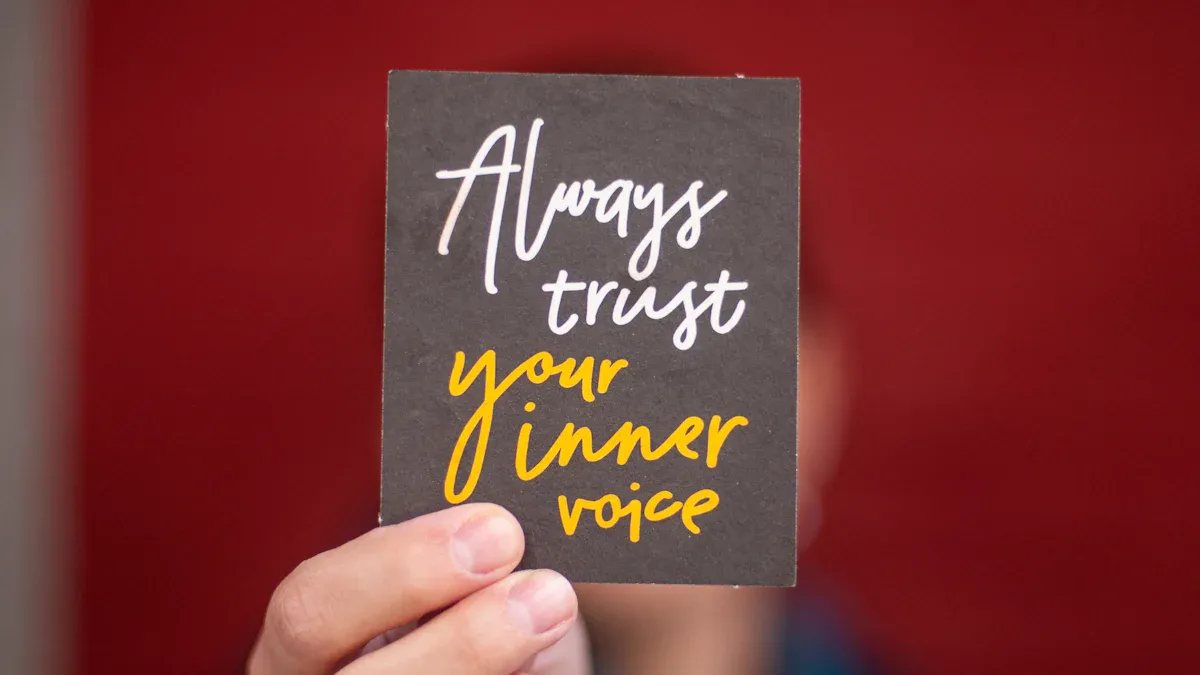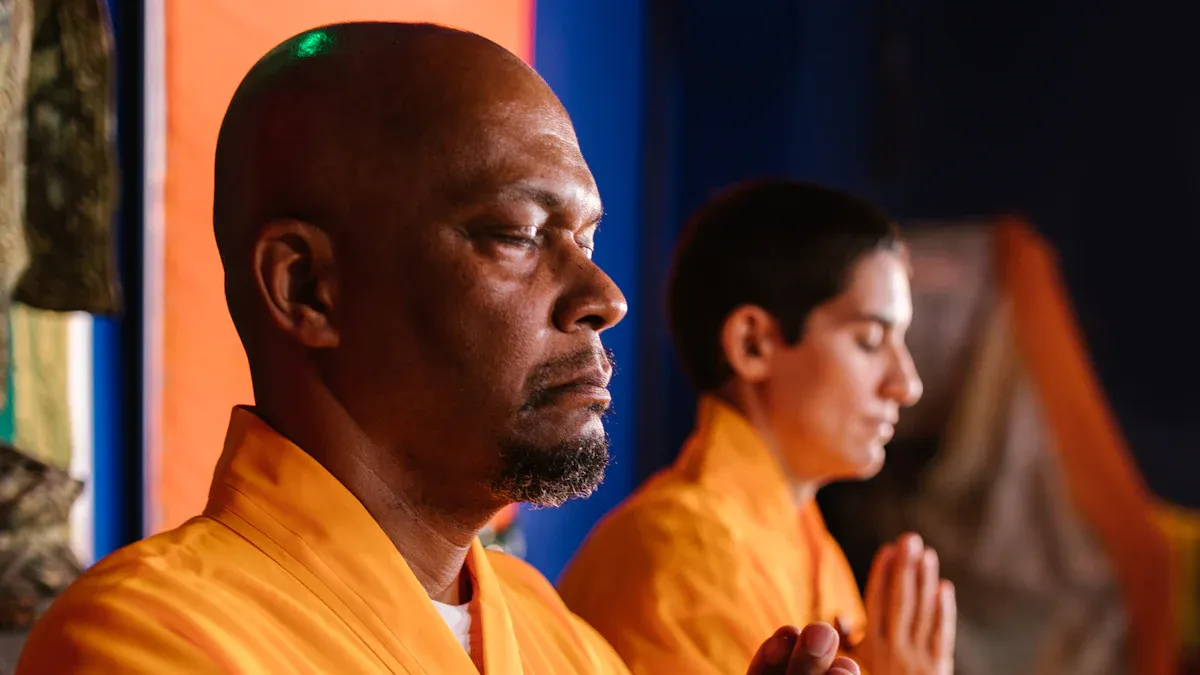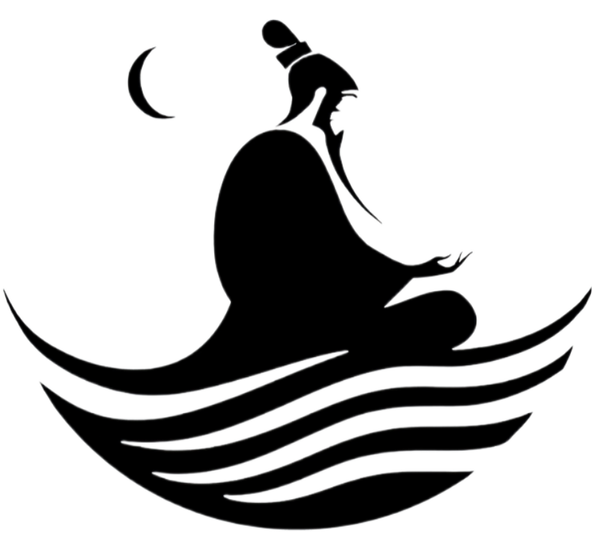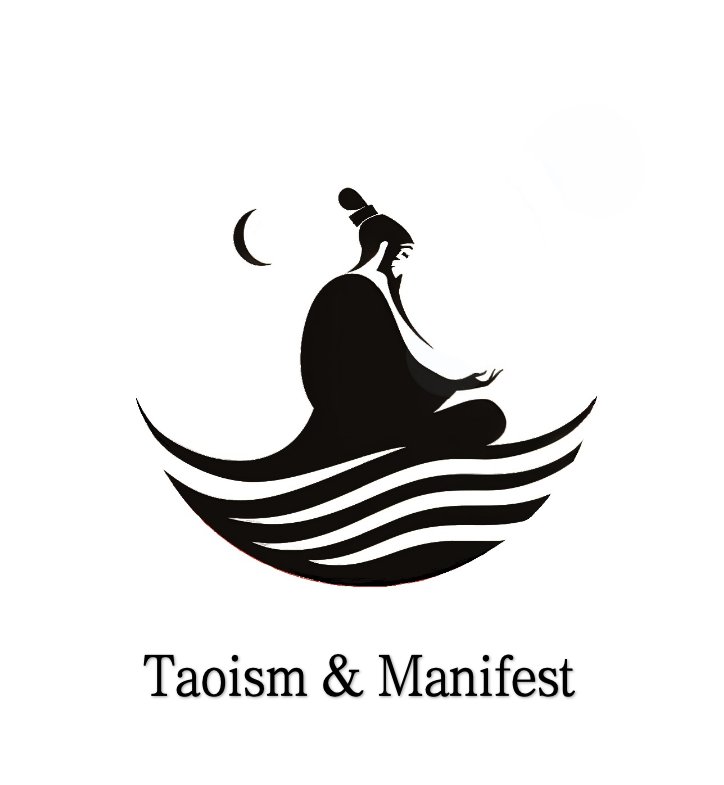
Have you ever thought about how your way of leading affects your team’s creativity? Taoism teaches you to lead by not interfering too much. This lets each team member do their best. When you use Taoist principles, you make a place where your team feels safe to try new things and learn. Taoist principles tell you to trust your team, step back, and see new ideas grow. When you use Taoist principles to lead, your team does better. Taoist principles are not just old ideas—they help teams and leaders today be more creative.
Key Takeaways
Lead by trusting your team. Step back and let their creativity grow on its own.
Give your team freedom to choose. This builds trust and helps new ideas appear.
Use Wu Wei, or effortless action, to guide your team gently. Do not force solutions.
Empower your team by giving them tasks. Support them but do not control every step.
Build trust by watching, being kind, and making a safe place for sharing ideas.
Enhancing Creativity with Taoism

Autonomy and Innovation
You can help your team be creative by using Taoism. When you give your team autonomy, each person can follow their own tao, or path. This makes everyone feel trusted and important. Teams with autonomy often think of new ideas because they feel free to share. Studies show that when you mix authority and freedom, your team gets more creative. Some leaders use Taoist ideas to remove strict rules and let people talk openly. This helps your team solve problems in new ways and makes creativity stronger.
Taoism teaches you to look at both sides of a problem. This balanced way of thinking helps your team stay positive, even when things are hard. When you let your team make choices, you show trust. This trust helps your team be creative and grow. Companies like Zappos and Google use these ideas to build teams that work well and think of new things. By encouraging mindfulness and giving your team space, you help everyone do their best.
Creating Team Flow
You can help your team get into flow by using Taoist principles. Flow is when your team feels focused, calm, and connected to their work. If you do not micromanage, your team can manage themselves and work together easily. This brings harmony, or tao, to your team. People say flow feels easy and natural. Your team works smoothly, moving from one job to the next without stress.
To help creativity, you need to make your team feel safe. Let them know their ideas are important. Encourage mindfulness by giving quiet time to think. When your team feels safe and supported, they can focus and reach flow. This is when the best creativity happens. By using Taoism, you help your team find their tao and be creative every day.
Wu Wei in Leadership

Practicing Wu Wei
You can bring the art of effortless action into your team by practicing Wu Wei every day. Wu Wei means you act with the flow, not against it. When you lead with Wu Wei, you trust your team to find their own path. You do not force solutions. Instead, you let the tao guide your choices. This approach helps your team feel safe and creative. You set clear goals, but you allow your team to reach them in their own way.
When you practice Wu Wei, you notice the natural flow in your team. You pause and observe before you act. You look for places where energy already moves. You ask yourself if you need to step in or if the team can solve things on their own. You find small ways to help, using effortless action instead of control. You act at the right time, not too soon or too late. You watch the results and make gentle changes if needed.
Practicing Wu Wei means you use mindfulness and presence. You stay calm and humble. You let the Tao shape your leadership. You help your team grow by trusting their wisdom. You create a space where flow and creativity happen naturally.
Wu Wei vs. Passivity
Some people think Wu Wei means doing nothing, but that is not true. Wu Wei is the art of effortless action, not passivity. You stay active and aware. You guide your team with gentle hands. You do not chase power or praise. You use compassion and empathy. You trust the Tao and your team’s abilities.
Wu Wei means you avoid ego and let go of control.
You reflect on your actions and learn from mistakes.
You celebrate your team’s success and support their growth.
You use effortless action to keep the flow strong.
When you practice Wu Wei, you balance action and stillness. You lead with the tao, using effortless steps to help your team shine. This way, you build a team that works with flow, creativity, and harmony.
Empowerment and Trust Model
Letting Go as a Leader
Letting go of control is a key part of Wu Wei and human-hearted leadership. When you step back, you give your team space to grow. You do not need to solve every problem or make every decision. Instead, you trust your team to find their own way. This approach helps you reduce stress and creates a calm environment. Leaders who let go of control and ego show their team that mistakes are learning moments. You become a role model for psychological safety. When you admit your own mistakes, you show vulnerability. This makes your team feel safe to share ideas and take risks.
Leaders who practice Wu Wei and human-hearted leadership often notice less frustration and more positive energy. You shift from doing everything yourself to guiding and teaching. This change helps your team become more engaged and empowered.
Letting go does not mean you stop caring. You still pay attention and offer support. You just do not force your way. You trust the natural flow of your team. This is the heart of non-directive leadership.
Empowerment and Delegation
Empowering others is at the center of effective leadership. When you delegate, you give your team ownership of their work. You set clear goals, but you let your team decide how to reach them. This freedom boosts creativity and accountability. Teams that feel empowered make decisions faster and share responsibility for results. They also show higher rates of innovation and lower turnover.
You can use Wu Wei by stepping back and trusting your team’s natural flow. This lets team members explore new ideas without fear of micromanagement. You still provide support and feedback, so everyone knows what is expected. When you practice Wu Wei, you help your team stay focused and creative.
Here are some ways to empower your team:
Ask for input before making decisions.
Give team members the chance to lead projects.
Celebrate team achievements and let others take credit.
Offer guidance only when needed, not all the time.
When you use human-hearted leadership, you show compassion and humility. You care about your team’s growth and well-being. You help everyone feel included and valued. This creates a strong sense of connection and trust.
Building Trust and Observation
Trust grows when you practice Wu Wei and human-hearted leadership. You build trust by acting with humility and compassion. You observe your team without judging or interfering. This helps you see when to step in and when to let things flow. Mindfulness plays a big role here. You watch how your team works together and notice small changes in mood or energy.
You can build trust by:
Listening to your team with an open mind.
Giving honest feedback in a gentle way.
Forgiving mistakes and focusing on solutions.
Creating quiet moments for reflection and mindfulness.
Teams respond well when they know you trust them. They become more proactive and take ownership of their work. You can check trust levels by watching how your team reacts to your non-action. If they see your choice to step back as supportive, trust grows. If not, you may need to explain your intentions more clearly.
Practicing Wu Wei means you act only when needed. You let your team organize themselves and solve problems together. This builds a culture of trust and accountability.
Human-hearted leadership also means you value every person’s dignity and ideas. You treat everyone with respect and kindness. This helps your team feel safe and connected. When you focus on cultivating connection, you create a space where everyone can thrive.
By letting go of control, empowering your team, and building trust through observation, you practice Wu Wei in your daily leadership. You help your team find their own flow and become engaged and empowered. This is the art of effective leadership in action.
Taoist Leadership Toolkit
Delegation Discussion Scripts
You can use Wu Wei to guide your team with effortless action. When you delegate, you do not force your way. You trust the tao and let your team find their own path. Start by using simple scripts that show trust and support. For example, you might say, “I trust you to handle this task. Let me know if you need help.” This script uses effortless action because you step back and let your team work. You do not micromanage. You focus on outcomes, not every step. This approach follows the tao and helps your team feel safe to try new ideas.
You can use the delegation ladder to build autonomy. Begin with clear instructions, then move to asking for input, and finally let your team take full responsibility. Each step uses Wu Wei and effortless action. You act only when needed. You let your team grow at their own pace. This method keeps the flow natural and supports creativity.
Tip: Use “I” statements and focus on the work, not the person. This keeps trust strong and makes feedback feel effortless.
Feedback Process Templates
Giving feedback with Wu Wei means you use effortless action and follow the Tao. You do not push or force your team. Instead, you create space for honest talk. Try a feedback template like this: “I noticed you tried a new way. How did it feel?” This question uses effortless action. You invite your team to reflect and share. You listen more than you speak. This style matches the tao and keeps the flow gentle.
You can hold regular check-ins without pressure. Use open questions and let your team lead the talk. This process uses Wu Wei and effortless action. You focus on what matters most and avoid extra steps. Your team feels free to share ideas and solve problems together.
When you use these tools, you help your team find their own tao. You build trust, spark creativity, and keep the work effortless. Wu Wei and effortless action make your leadership smooth and natural.
You can unlock new levels of creativity in your team by practicing Taoist non-interference. This style of leadership helps your team grow stronger and work better together. Remember, non-interference means you guide and support, not ignore. Try using these Taoist tools in your daily work. See how your team responds. Share your experiences or questions in the comments. Your journey in leadership starts with one small step!
FAQ
What is Wu Wei in leadership?
Wu Wei is leading by using effortless action. You let your team choose their own way. You guide them with trust and by being present. This makes everyone feel included and strong. You do not push for answers. You help people be creative by letting go of control.
How does Taoism help with enhancing creativity?
Taoist principles help people work on their own. They also help people pay attention to what they are doing. You give your team time to try new ideas. This helps everyone get into a good work flow. You see more teamwork and new ideas. Taoism helps leaders by building trust and strong connections.
How can I empower others without losing control?
You help others by usingWu Wei and human-hearted leadership. You set goals and let your team choose how to reach them. You watch and help only when needed. This builds trust and helps everyone feel close. You stay focused and let the tao lead your choices.
What is the difference between non-directive leadership and passivity?
Non-directive leadership means you help your team with gentle support. You use effortless action and trust your team’s skills. Passivity means you do nothing about problems. With non-directive leadership, you stay involved and help your team pay attention. You help your team grow and keep things working well.
How do I promote mindfulness in my team?
You help your team be mindful by giving quiet time to think. You ask your team to focus on what is happening now. You use human-hearted leadership to make a safe place. This helps everyone feel part of the group and interested. Mindfulness helps people be creative and get into a good work flow.






